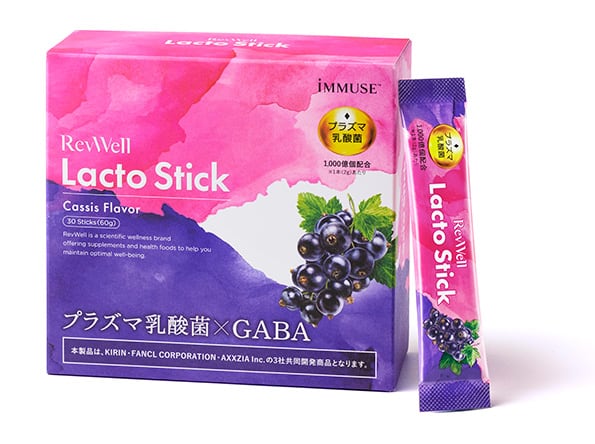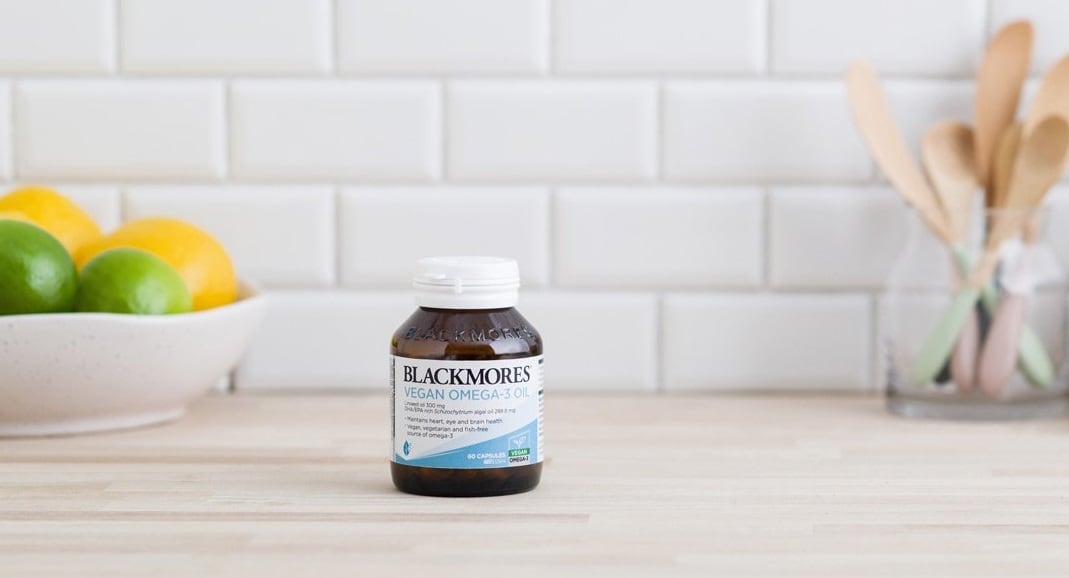Blackmores saw an increase in revenue in all its major markets.
The biggest growth came from the South East Asian and South Korean markets, where revenue climbed 15.9 per cent from AUD$36 million (US$23.1m) to AUD$42 million (US$26.9m).
Australia and New Zealand followed next, as revenue growth went up 6.1 per cent from AUD$68 million (US$43.6m) to AUD$72 million (US$46.2m).
China’s revenue also increased 5.9 per cent from AUD$45 million (US$28.9m) to AUD$48 million (US$30.8m).
In total, Blackmores’ revenue in Q1 grew 7.7 per cent from AUD$151 million (US$96.9m) to AUD$162 million (US$103.9m), said parent company Kirin in the announcement of the firm’s Q1 FY25 financial results.
The increase in revenue was said to be driven by new launches as well as increase in product prices.
In Australia for example, the company has also seen strong growth in the pharmacy channels, especially Chemist Warehouse.
Elsewhere in China, while the market continues to be highly competitive, Blackmores’ growth was said to have been achieved through expanded efforts with distributors in export and club channels.
Despite the increase in revenue, normalised operating profit for the Blackmores brand shrunk 23.4 per cent from AUD$12 million (US$7.69m) to AUD$9 million (US$5.77m).
This was said to be due to an increase in raw material costs as compared to the same time last year.
“Normalised Operating Profit (NOP) slightly decreased due to an increase in raw material costs compared to the beginning of the previous fiscal year, which will be normalised over the full FY2025.
“Profit was temporarily impacted by the reversal of inventory valuation gains recorded at the beginning of the previous year due to a revaluation of standard costs in response to a significant increase in raw materials,” said Kirin in its Q1 results.
NutraIngredients-Asia understands that fish oil was one of the raw materials affected by the price increase.
Price of fish oil had surged due to a fishing ban implemented in Peru - the main region for anchovy fishing and fish oil resources - and the effect has continued to this day.
“The main fishing area, Peru, implemented a fishing ban from 2022 to 2023, causing the price of raw materials to surge, an effect which continues to this day.
“However, the impact has not increased significantly compared to last year. Currently, inventory conditions have improved and prices have stabilised following a temporary increase,” said Kirin Holdings Corporate Communications Department Representative Gyuree Kim.
A recent report said that global fish oil production had risen by 34 per cent in Q1 FY25 as compared to the same time last year.
Thi is despite reduced yield from European waters, as yield from Chile, the US, Spain, and several African nations increased.
FANCL’s supplement business supported by overseas
Including the revenue from FANCL and Kyowa Hakko Bio, Kirin’s Health Science revenue had almost doubled from 31.9 billion yen (US$215.4m) to 60.8 billion yen (US$410.5m) in Q1 FY25. Kirin’s total revenue for the quarter was 545.9 billion yen (US$3.7bn).
FANCL, in particular, had contributed 44.5 per cent or 27 billion yen (US$182.3m) to the total health science business revenue.
Over half of FANCL’s revenue - 56.7 per cent or 15.3 billion yen (US$103.3m) - came from the sale of its skincare products. This was 9.4 per cent higher than last year.
The remaining 37.8 per cent or 10.2 billion yen (US$68.9m) came from the sale of supplement products, and this was 3.9 per cent higher than the same time last year.
According to Kirin, the revenue growth in FANCL’s supplement business was largely supported by markets outside of Japan.
“While the domestic business [of FANCL’s supplement business] experienced a revenue decline due to the reactionary decrease from the large-scale measures implemented last year, overseas sell-out performed well, resulting in an overall increase in revenue,” said Kirin.
Normalised operating profit of the FANCL brand was 2.7 billion yen (US$18.2m), an increase of 9.9 per cent, which Kirin said was due to an increase in gross profit on higher revenue.
Kirin had completed the acquisition of FANCL last September with the aim of becoming “one of the largest health science companies in Asia-Pacific.”
Collab with skincare firm AXXZIA
Kirin and FANCL also recently collaborated with Japanese skincare firm AXXZIA in developing a new supplement product for the China market.

The product, known as RevWell Lacto Stick, taps on the use of Kirin’s proprietary postbiotic ingredient LC-plasma - also known as Lactococcus lactis strain plasma.
It is also formulated with ingredients such as GABA, vitamin B6.
Available in powder stick packs, the product is targeted at Chinese consumers concerned with their immune health and is sold on AXXZIA’s flagship stores on Tmall, Douyin, and RED.
The product, priced at 7,344 yen (US$49.59) per box of 30 packets, is also available in some domestic airport duty-free stores in Japan.
Earlier in March, Kirin also launched its first collaborative product with Blackmores which similarly contains LC-plasma in Taiwan.





